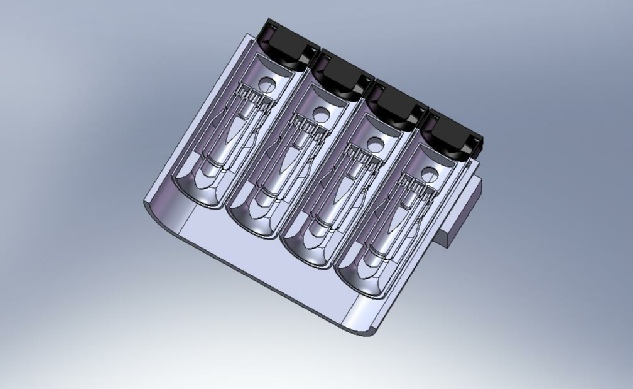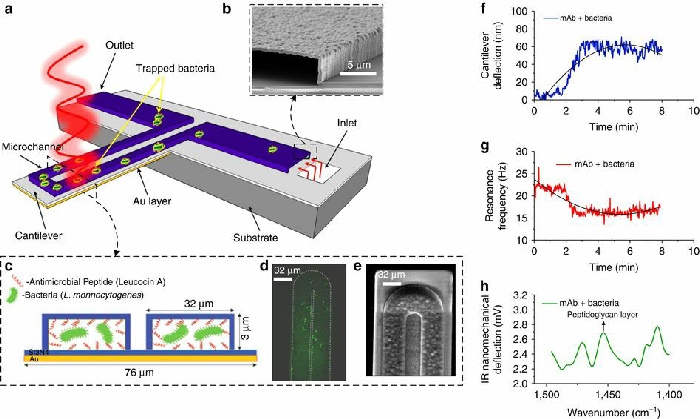

products and services
NBC detection systems
1. We design, manufacture, assemble and integrate NBC (Nuclear, Biological & Chemical) defense systems:
Fixed: Commercial building installations, providing a “safe haven” in the instance of an NBC incident
Transported installations: NBC detection & identification systems for defense in outdoor situations, for example, a perimeter alarm system
Mobile installations: Complete NBC detection & identification systems for tactical military and conventional civilian vehicles
2. NBC research and support systems:
Aerosol testing chambers, for:
simulating outdoor incidents in a laboratory controlled environment,
Testing and evaluating equipment used for detection and identification,
Developing new methodologies, procedures and equipment
Referee systems
Biological agent collection and analysis
Our products exist in 3 package formats:
continuous aerosol collection,
biological agent activated collection, and
DNA specific biological agent activated collection.
Continuous Aerosol Collection
Utilising a 2 stage directional virual impactor particle isolator and concentrator, biological particles are collected continuously, and volume concentrated for analysis. The collection can be concentrated in liquid or trapped in a filter.

Biological Agent Activated Collection
Utilising a flourescence methodology for identification, coupled with our 2 stage
directional virtual impactor particle isolator and concentrator, our systems will
provide broad spectrum biological particle detection. This principle can be applied
to agent specific detection also. Operating as the primary sensor for the detection
software, an analysis platform is created, based on a mass, size and density algorithm
to give a high statistical probability of detecting synthesised, pathogenic agents.
This platform can be used to provide an accurate operational risk management assessment.
DNA Specific Biological Agent Activated Collection
Utilising the 2 stage directional virtual impactor particle isolator and concentrator,
coupled with the Fourien Inc. methodology that uses a bimaterial microcantilever
with an embedded microfluidic channel with internal surfaces chemically or physically
functionalized with receptors, selectively capturing the bacteria passing through
the channel. Bacterial adsorption inside the cantilever results in changes in the
resonance frequency (mass) and cantilever deflection (adsorption stress). Based on
the principle of photothermal spectroscopy, the excitation of trapped bacteria using
infrared radiation (IR) causes the cantilever to deflect in proportion to the infrared
absorption of the bacteria, providing a nanomechanical infrared spectrum for selective
identification.
This approach, which combines enrichment with three different modes
of detection, serves as a platform for a portable, high-throughput device for use
in the real-time detection of bacteria and their response to antibiotics.

NBC Decontamination Systems
Stand alone systems
Remote portable units designed to be integrated quickly in situ.
Building networks
Integrated into HVAC systems. These can be fixed or provided as a portable on site service.
Methodologies
1. VHP (Vaporous Hydrogen Peroxide)
2. Powerful oxidizing agents, such as calcium hypochlorite (Ca(OCl)2) and sodium hypochlorite (NaOCl), are used effectively for the detoxification of CB contaminants
3. Supertropical Bleach (STB): a combination of powerful oxidizers (Ca(OCl)2) and a strong base
4. High power LED UV light systems